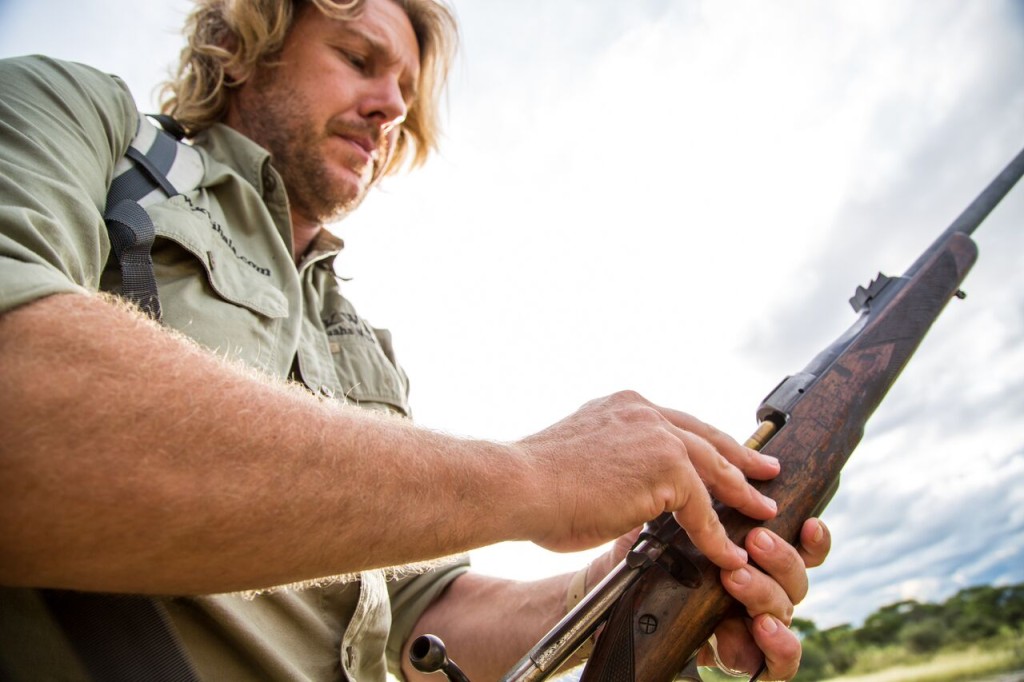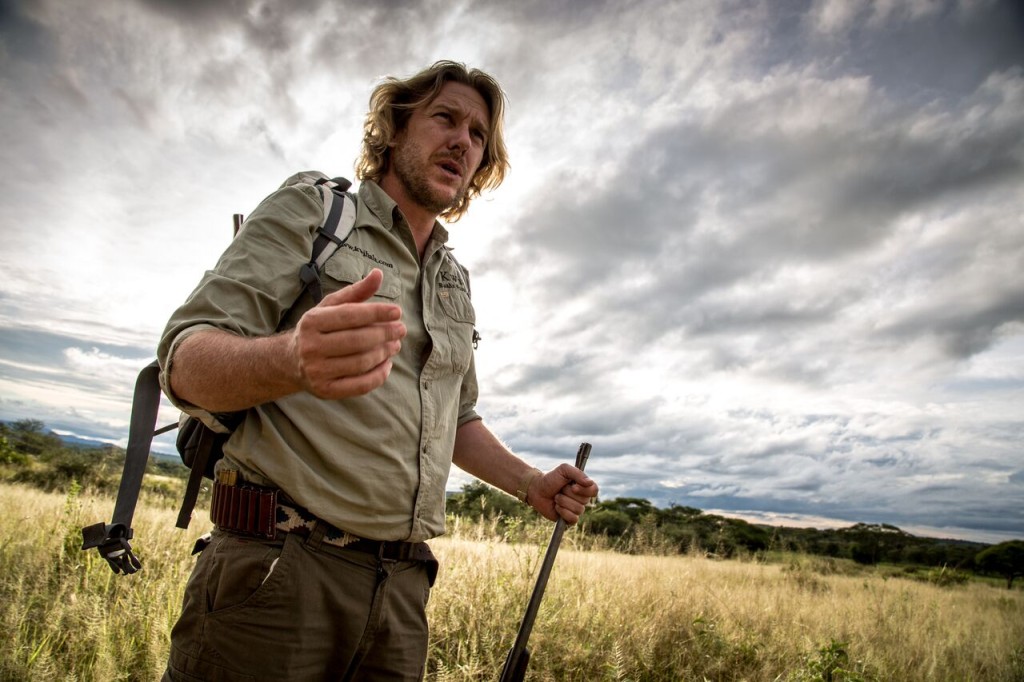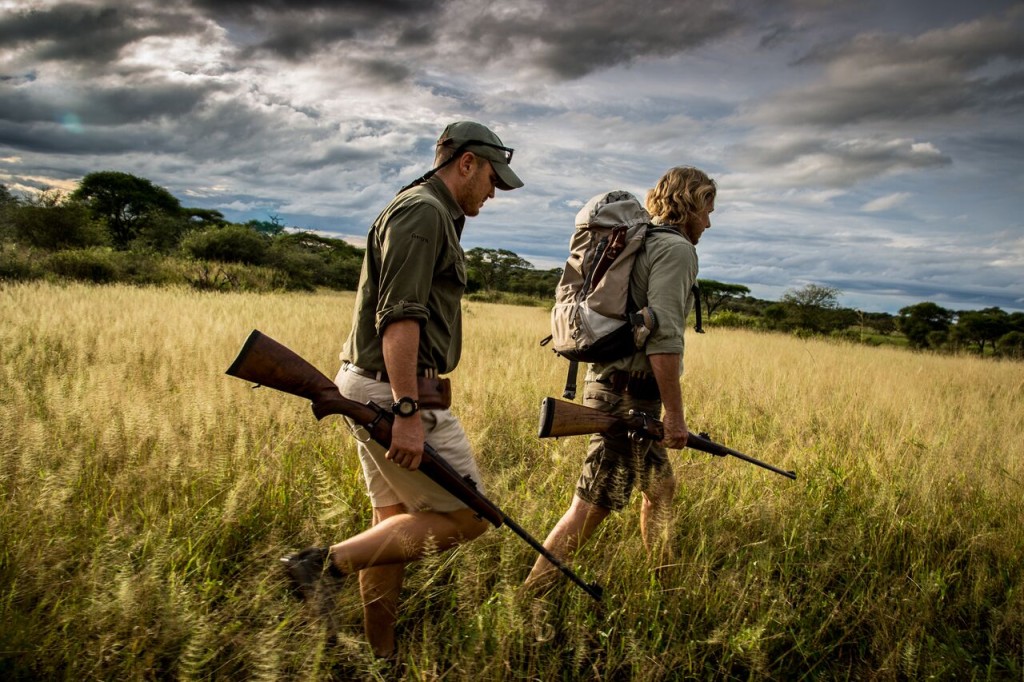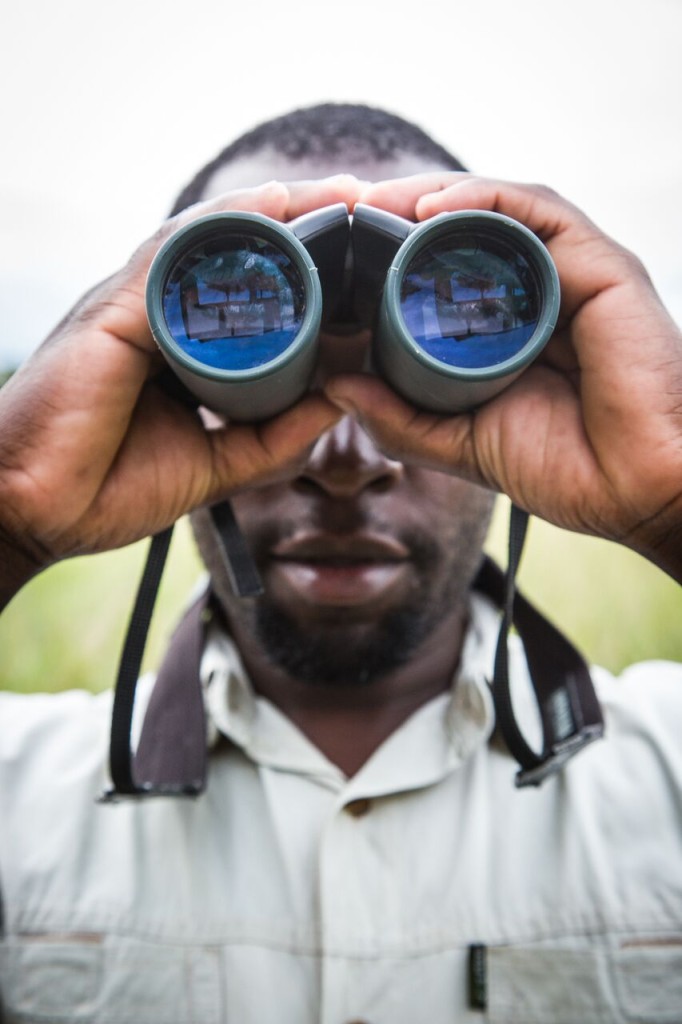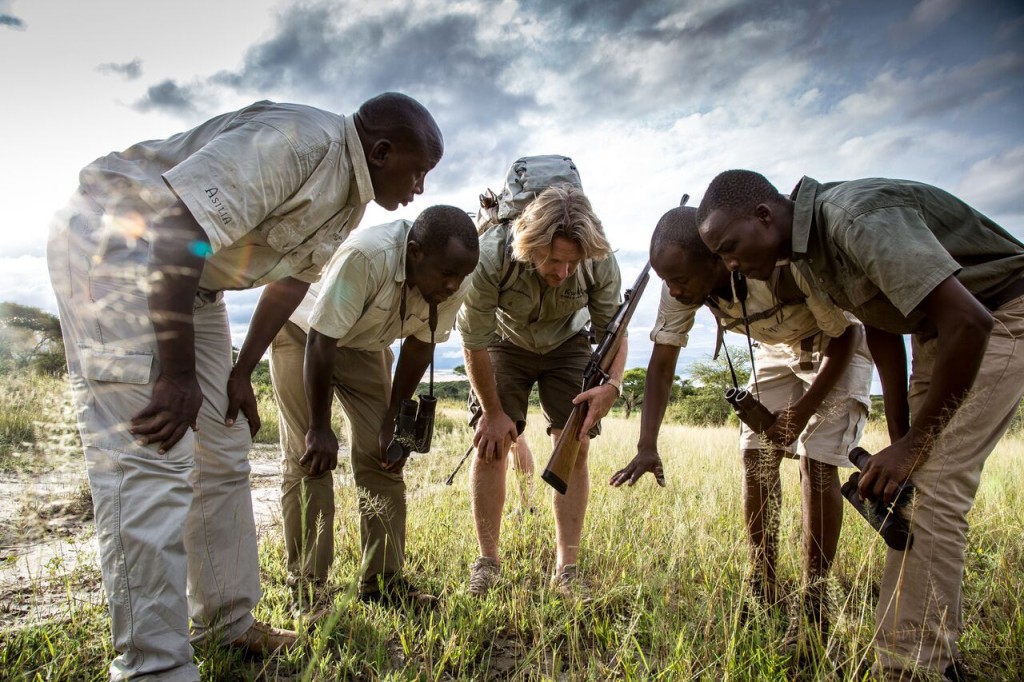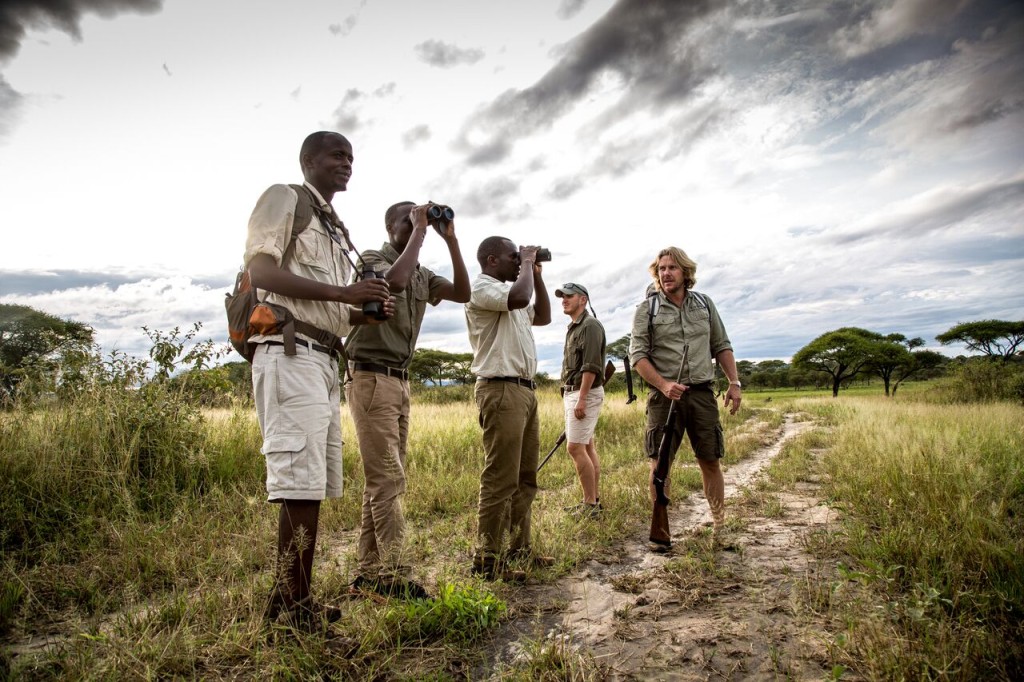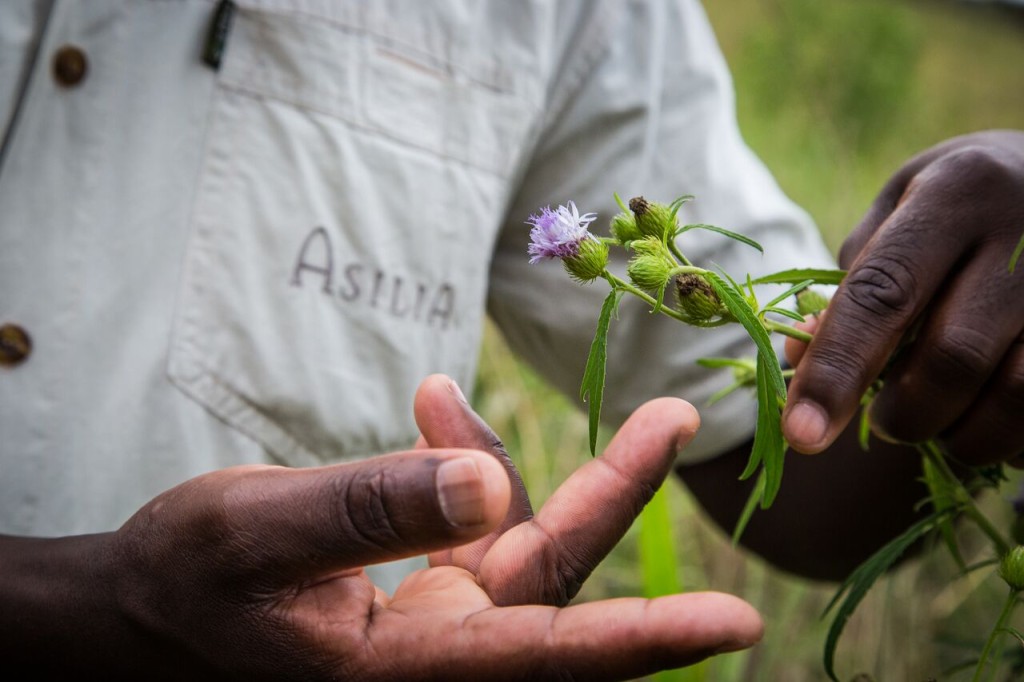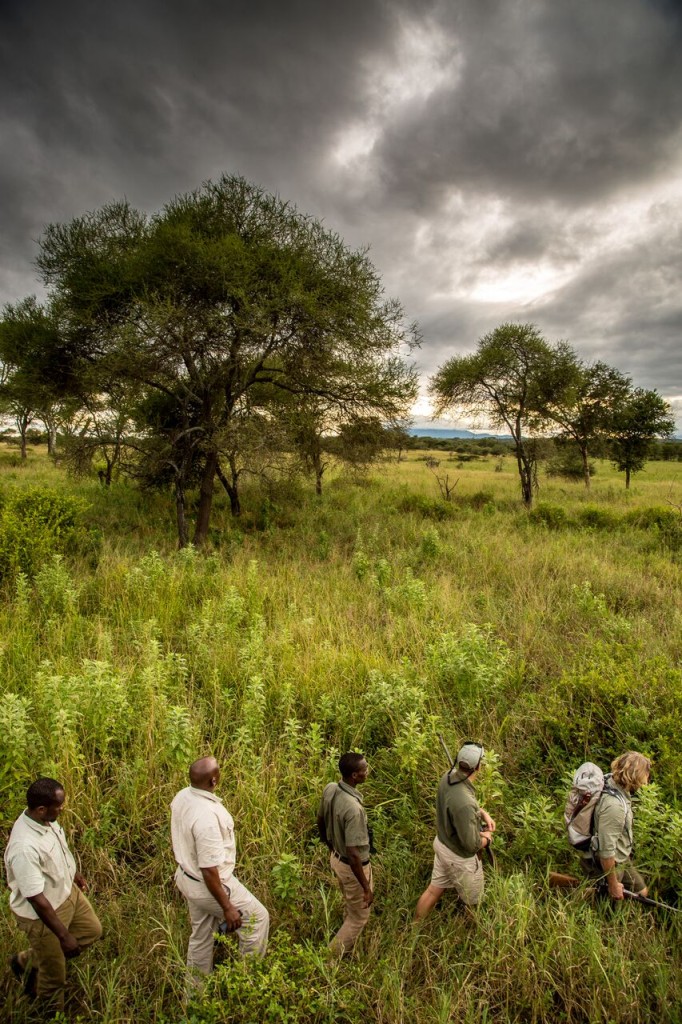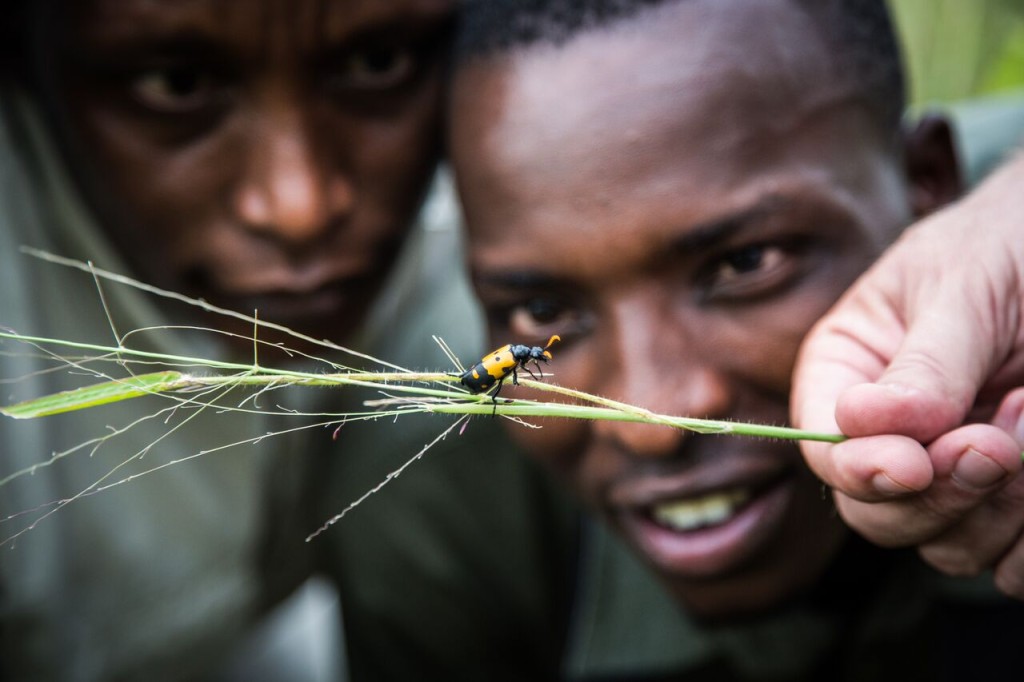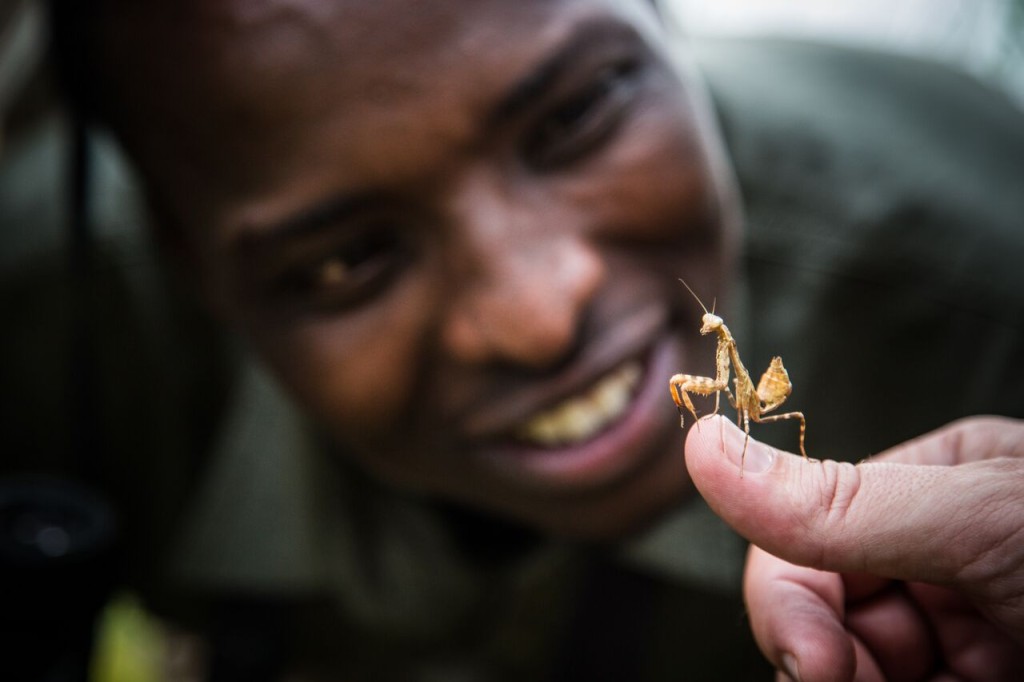A Walking Safari with Asilia Africa
By Stuart Butler
Talk to any old Africa hand and they’ll likely tell you that the best way of experiencing the African bush is on foot. Walking through the grasslands at this pace allows you to really see, hear, smell, touch and feel the environment. On a walking safari you’ll see creatures that you’d otherwise miss if you were in a jeep: the ants and the beetles, the lizards and the tortoises, the birds and the butterflies. Your senses are heightened when you know that at any moment a buffalo or elephant could emerge from behind that tree just up ahead.
Asilia Africa’s Oliver’s and Little Oliver’s Camps in northern Tanzania’s Tarangire National Park have long had a reputation with experienced safari goers for offering some of the best walking guides in the business and some of the most exciting (yet safe) walking safaris around.
Join us for a walk through the Tarangire bush
Asilia Walking Safari Guides – Only the Best!
Asilia Africa’s walking guides are among the best trained in the business. Before they’re allowed to take guests out on a walking safari they have to undergo much rigorous testing and many hours of experience as an assistant walking guide. Walking guides always carry a rifle with them but are trained not to get themselves or their clients in a situation where they might have to use it (and it’s an extremely rare day when an Asilia walking guide has had to resort to firing a rifle). Here head guide trainer for Asilia Tanzania, Pietro Luraschi, loads his rifle at the start of a walking safari. This and all the following images were taken during a wildlife guide training course in Tarangire National Park.
Breakdown of a Walking Safari
Before the walk begins the lead guide gives a briefing during which safety rules are explained and guests are told what to do in the case of an encounter with a potentially dangerous animal. The guide is also likely to explain to guests that walking safaris are more about looking for footprints and other clues as to an animals passing rather than finding the animal itself.
Asilia Africa make a point of always having two trained walking guides on each walking safari. The group walks in single file with the most experienced guide at the head of the line leading the way and the second guide at the rear of the line. This provides maximum security for guests and means the lead guide doesn’t need to keep turning around to check what the guests are doing behind them.
When something interesting is found it’s often the lead guide that talks to guests about whatever it is that’s been spotted while the second guide acts as look out. Not many other safari companies opt to use two guides on each walk.
The Magic of a Walking Safari
If you’ve never done a walking safari before then you could be mistaken for thinking that a bush walk involves endless heart in the mouth encounters with large and dangerous mammals. In reality on most bush walks you’d be lucky to see anything larger than about a dik-dik. What you will see though are lots of clues to an animals passing and here the guide points out the footprints of some impala who had passed by earlier in the day.
Although most walking safaris don’t encounter many large mammals every now and then you will go on a walking safari where elephants seem to be hiding behind every bush and the animal fuelled adrenaline shots come on thick and fast.
One of the most interesting aspects of a bush walk is learning about how local communities use all of the different plants. Many are used in traditional medicines while others can be used as fly-repellents, poisons for arrow heads and even as tooth brushes (but don’t get this one confused with the poison arrow head one!).
An experienced guide can often ‘read’ a tree in order to gain an understanding of animal movements in the area. Some trees have trunks that have been worn smooth by elephants rubbing and scratching themselves against the trunk. Other trees might have claw marks to indicate that it has been used by big cats as a scratching post.
One of the real delights of a walking safari is encountering all those tiny creatures that often play hugely critical roles in the local eco-system but that you would likely drive right past in a jeep.
It’s the Little Things that Count
On this walking safari the wildlife highlight was this gorgeous little praying mantis. There are around 2400 different species of praying mantis around the world and their closest insect relatives are cockroaches and termites. In ancient times they were often associated with the supernatural. Famously the female often eats the male just after or during mating.
Want to join us? Get in touch with your trusted travel agent or make an enquiry with us below.
The post A Walking Safari with Asilia Africa appeared first on Asilia Africa.
More Experiences Articles

Experience A Slow Safari
26 July 2019By Anwynn Louw – Digital Marketing Assistant The Art of Slow Travel – “Slow T...

BBC One: Serengeti – The Elephant
25 July 2019By Britta Foulis – Content Marketing Manager BBC One’s latest mi...

Four Great Locations For A Family Reunion Safari In East Africa
19 July 2019By Anwynn Louw – Digital Marketing Assistant Planning a multigenerational saf...

BBC One: Serengeti – The Baboon
17 July 2019By Britta Foulis – Content Marketing Manager BBC One‘s latest mi...
